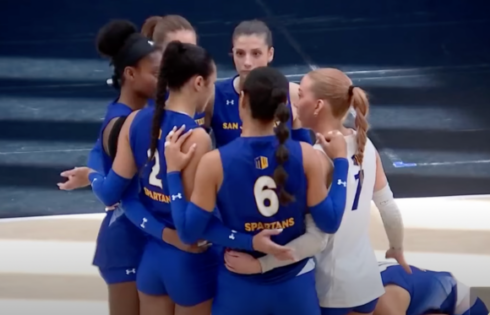Regardless of what you may hear from the mainstream media, the people most susceptible to “fake news” aren’t voters. They can’t even legally drive yet.
A forthcoming Stanford University study of 7,804 students from middle school through college found that 82 percent of the former “couldn’t distinguish between an ad labeled ‘sponsored content’ and a real news story on a website,” The Wall Street Journal reports:
Many students judged the credibility of newsy tweets based on how much detail they contained or whether a large photo was attached, rather than on the source.
[N]early four in 10 high-school students believed, based on the headline, that a photo of deformed daisies on a photo-sharing site provided strong evidence of toxic conditions near the Fukushima Daiichi nuclear plant in Japan, even though no source or location was given for the photo.
The lead author of the study, Graduate School of Education Prof. Sam Wineburg, says the university’s free social-studies curriculum “teaches students to judge the trustworthiness of historical sources” and has been downloaded 3.5 million times.
Like The College Fix on Facebook / Follow us on Twitter




Add to the Discussion